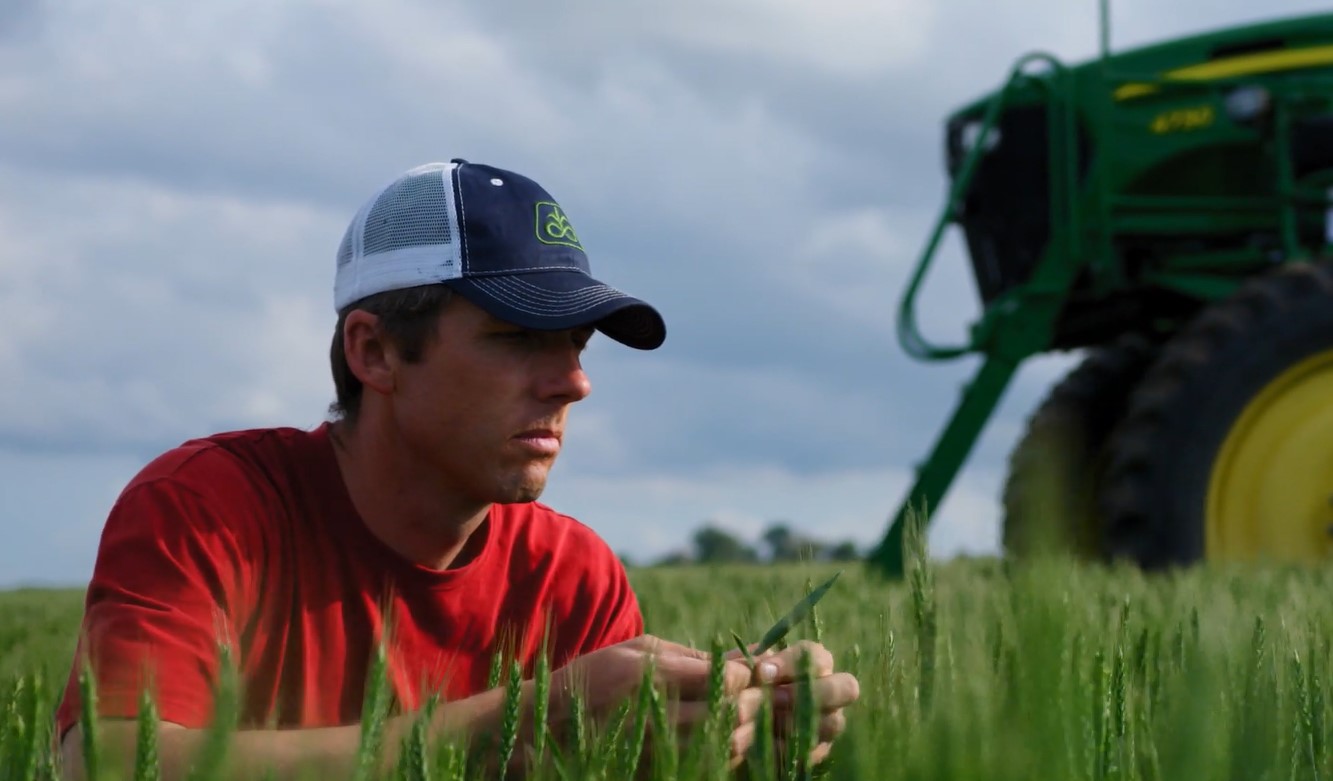Every farmer marks the passage of the year by the work that must be done. U.S. Wheat Associates (USW) recently described the planning and decision-making that go into seeding a wheat crop in the fall or spring.
As the crop grows, the work continues. Even with a good stand, crucial midseason factors must be monitored, and making responsible decisions on the farm ensure efforts are not wasted and the ultimate consumer of that wheat is satisfied that it is a wholesome ingredient in hundreds of wheat food products.
“Now there are decisions and risks and potential problems that must be checked every day,” Montana wheat farmer Angie Hucke told USW in a story about her family’s farm.
Each farmer is constantly making responsible decisions on the farm about soil fertility as well as weed, disease and insect control that may be needed to protect the crop’s yield and quality potential.
But like Kansas farmer Justin Knopf, they keep in mind the fact that members of their communities and families, as well as families around the United States and the world will be consuming the crop as a food ingredient.
“I always weigh those trade-offs with the end in mind and in a responsible way that consumers can be confident that we’ve done our due diligence at making responsible decisions in utilizing products on our farm, Knopf said.
As a part of its film, “Wholesome: The Journey of U.S. Wheat,” USW is sharing individual chapters of the video throughout the year. “Midseason: Caring for the Crop” provides more information about how U.S. wheat growers are making responsible decisions on the farm.


